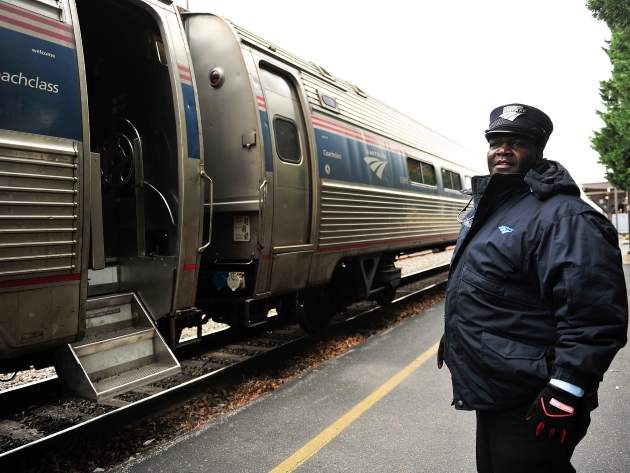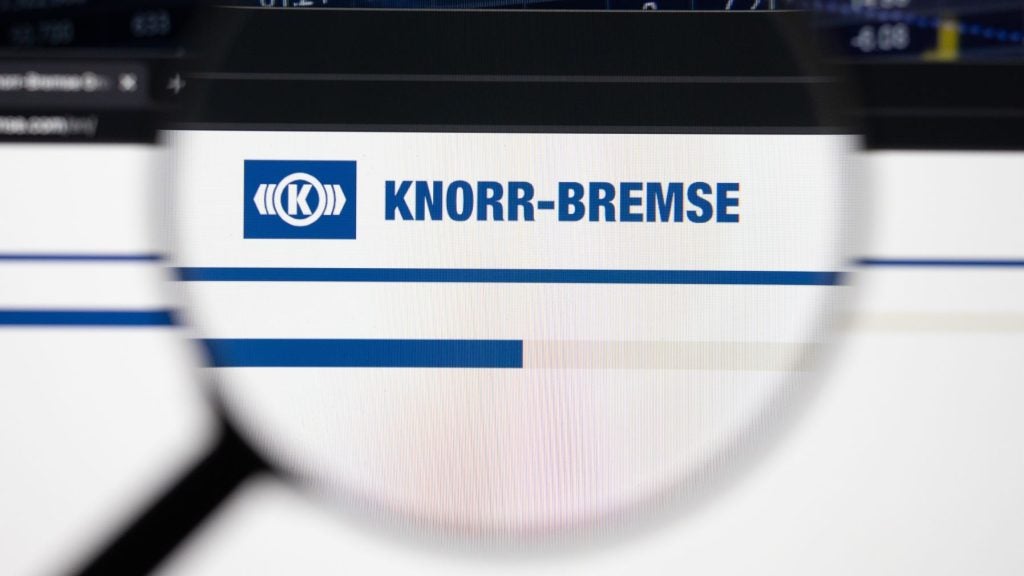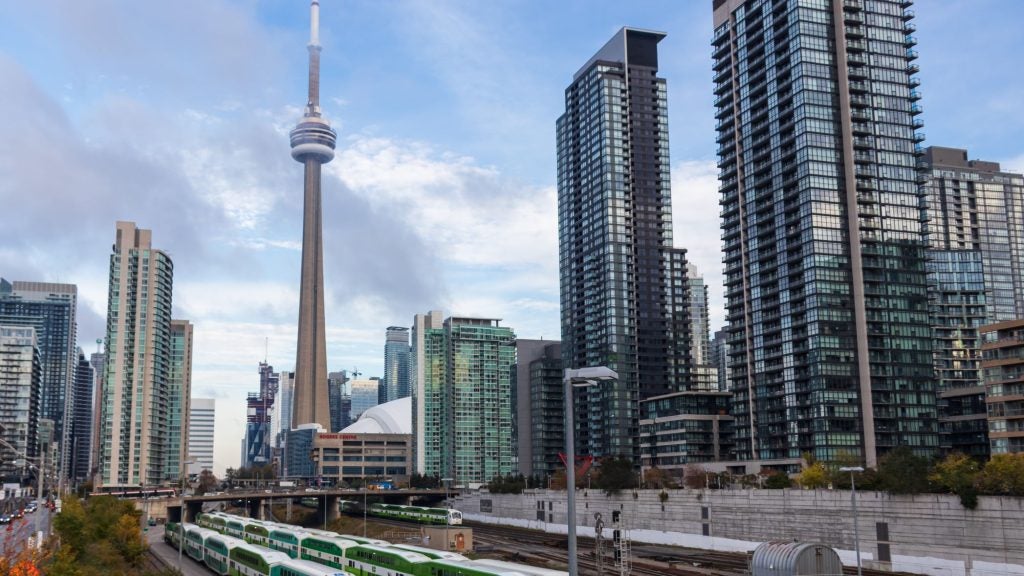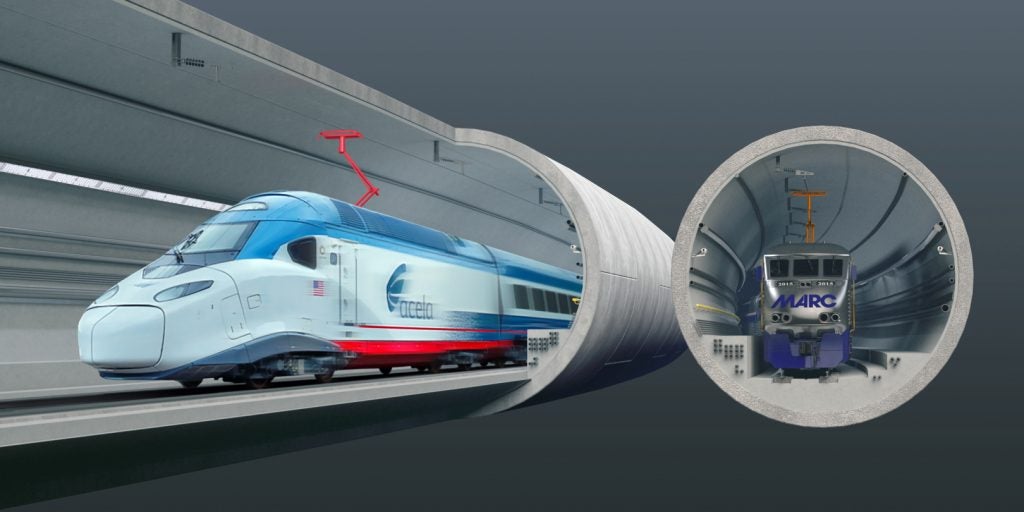

Ever since 1962 – when Charlotte’s downtown rail station was torn down – visitors to North Carolina’s commercial hub have faced something of a struggle when it comes to public transportation. Located roughly two miles away from Charlotte city centre, the current station – built in 1961 – is both too far away for pedestrians to walk and poorly served by the city’s bus network.
In the words of Paul Worley, director of North Carolina Department of Transportation's (NCDOT) rail division, its size, configuration, and location has led to “inconvenience for passengers, inefficient operations, and maintenance issues which limit ridership growth potential.”
It’s an example of what transport analysts often call the “last-mile” problem, where residences and businesses are too far away from transit stations for people to walk in comfort. While the definition of a “comfortable distance” obviously varies, research suggests that for most Americans it’s less than a quarter of a mile.
The last mile
“One of the things we have as a challenge, especially as you get out of the large cities, is that as you approach your destination you just don't have the robust public transportation systems that are found elsewhere,” says Worley. “In Charlotte we don't yet have a station in the central business district. They moved it to the outskirts, where it is not so conducive for the traveller. It's too far away to walk and there aren't a whole lot of other good options.”
To help solve the problem – at least until a new station is built closer to the city centre — NCDOT’s Rail Division recently announced a three month pilot program for a new rider app designed by transportation technology company TransLoc. The app allows riders to plan their journeys across nine different Amtrak stations, combining information from Uber, real-time bus and train schedules and other public transit options. It means somebody leaving their house for work in the morning can undertake a genuinely multimodal route as seamlessly as possible.
How well do you really know your competitors?
Access the most comprehensive Company Profiles on the market, powered by GlobalData. Save hours of research. Gain competitive edge.

Thank you!
Your download email will arrive shortly
Not ready to buy yet? Download a free sample
We are confident about the unique quality of our Company Profiles. However, we want you to make the most beneficial decision for your business, so we offer a free sample that you can download by submitting the below form
By GlobalData"Most often the rider chooses not to take the train because of the unknown."
“Most often the rider chooses not to take the train because of the unknown,” Worley explains. “Riders are just not aware of the connections. They look at the schedule and ask ‘what happens when my train gets to Charlotte?’. They then find out it goes to North Charlotte and they don’t know what to do once they get there. This app is about making these connections easier and allowing riders to plot their journey.”
Another solution NCDOT has introduced to help tackle the last-mile problem is what Worley calls a “transfer pass,” where passengers can use different transport modes on the same trip ticket with the option of a coupon system for ride-share services such as Uber and Lyft.
“Again it’s about offering a last mile opportunity for our riders,” Worley says. ”We give them this pass and they get a ride on another system. At the end of the month or after a certain given amount of time people will then bill us.”
Put together, Worley hopes the transfer passes and Translog app will drive sales and encourage more and more people to use North Carolina’s rail network. “Obviously we are a public agency and our trains are sponsored by the state government but at the same time it is in our DNA to want to have good ridership, to sell, and to make this a success,” he says. “So we are very much involved in talking to our customers and looking at trends and some ideas. We try to think beyond the station and the tracks.”
Building public-private partnerships
Working with both public and private transportation companies is one of the more unusual aspects of the project but for Worley it was a no brainer. “It is all about people wanting options,” he says. “Riders should be able to determine what way they want to go, and with what kind of urgency. It's certainly a situation where one size doesn't fit all so we didn’t want to be exclusive to any one transportation provider. If there are private businesses that are providing a service that benefits us, we want to work with them.”
The private-public partnership does create challenges though. Worley adds: “When you reach out and do something like this you are working with external partners and that creates a certain amount of risk,” he says. “Let's say we provide a transfer pass that puts a rider on an Uber or a bus; if they have a bad experience that could hurt our ridership on our train. So I think we are going to have to be cognisant of this bigger product that we are now selling.”
Transport for the next generation
The project is also an unusual undertaking for a public authority rail division, which are usually focused solely on improving their own part of the network. “I don't think people think about the whole trip and experience,” Worley says. “Often in transportation you have highway guys and railroad guys and they do their planning, improve their mode, and that’s it. You really don't think about how you've got to get people from those points to where they want to actually go.”
As a new generation demands more and more choices, thinking in such a narrow, confined way will no longer be an option though, Worley believes. “Right now we are really seeing a shift,” he says. “We’d become so auto-centric but now we have people who want more options. Young families might not want to own two cars and pay insurance. Workers might say ‘today I want to drive but tomorrow I want to work on my way in so I’ll take the train’. Our job is about providing the right options and growing the service.







